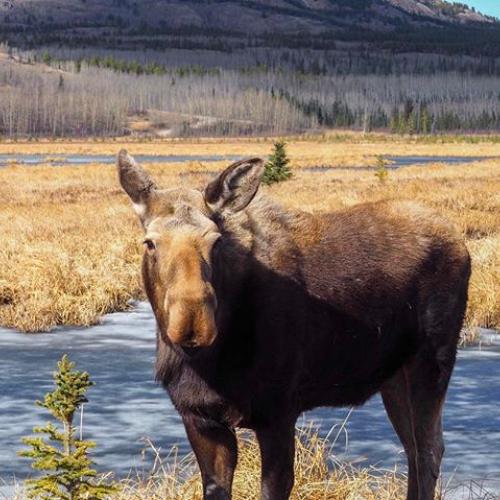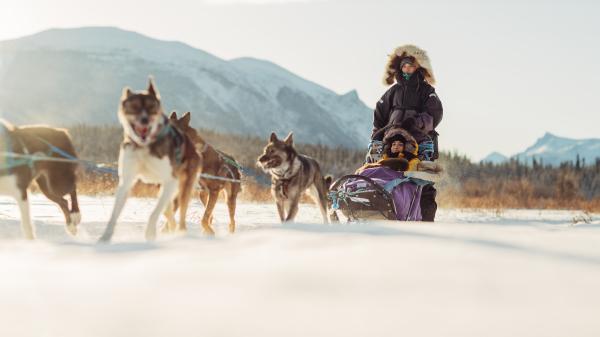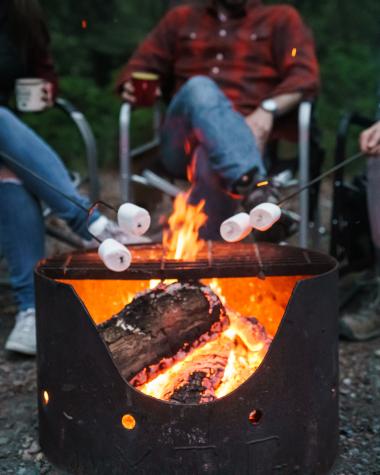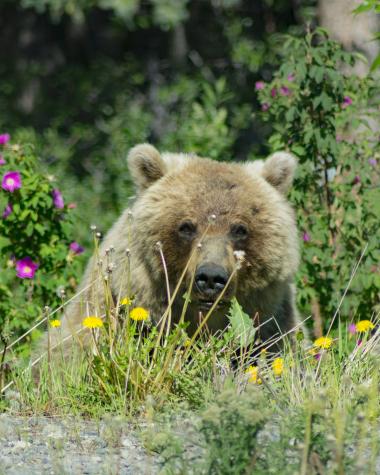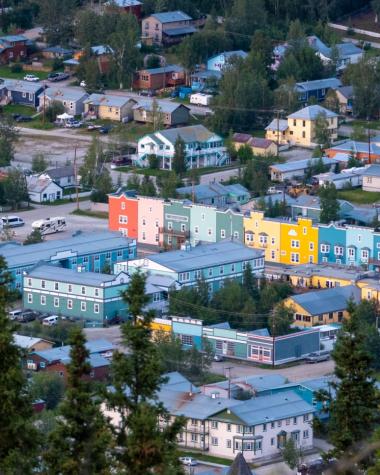
Wildlife, wilderness & wonders Spring wildlife migration

No lions, no tigers, but bears and much more!
To everything, there is a season, and Yukon wildlife is no exception. Spring is a spectacular season for seeing all the fauna that call the Yukon home, including lynx, coyotes, bears, collared pika, wolverines, Dall’s sheep, hoary marmots, flying squirrels—the list goes on. When viewing wildlife, please keep your distance. Spring is a time for them to find food and mates after the cold of winter. And if you’re camping or exploring wilderness areas, follow leave no trace practices. If you pack it in, pack it out.
Lakeside life
As the temperatures start to climb, black bears and grizzlies come out of hibernation, gravitating toward the places that have the most abundant food sources. In the spring, this includes the sunny roadsides where plants start shooting up earliest.
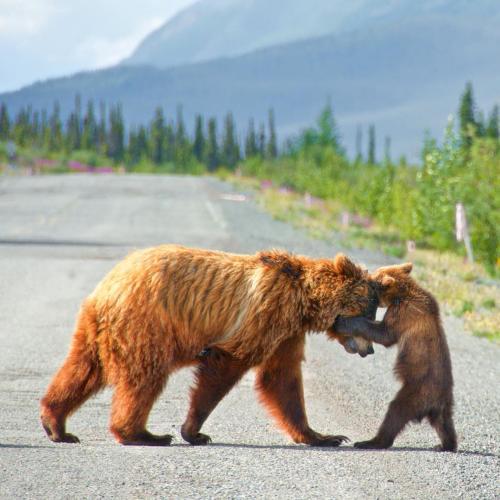
It’s not uncommon to see them strolling the ditches as you travel the territory’s highways. Taking the Alaska Highway from Haines Junction toward Destruction Bay is a prime route. It follows Kluane Lake, where bears can be spotted in the mountains alongside the water.

Bird is the word
The birds also return to the North at this time of year. The Teslin Lake Bird Observatory and the Albert Creek Bird Observatory in Watson Lake offer opportunities for viewing and interpretation. In April, visit the Swan Haven Interpretive Centre to find out what’s slated for A Celebration of Swans. Each April, when the trumpeter swans return to the territory, they stop to rest at Marsh Lake, just south of Whitehorse on the Alaska Highway. There are daily bird counts and plenty of activities planned, including birding tours, bird identification and photography workshops, art exhibits, and more.
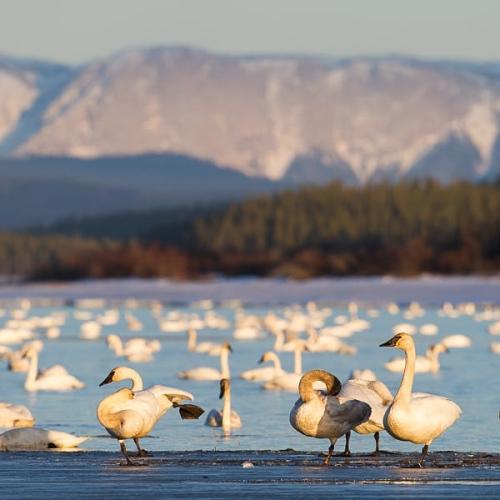
Events are organized by the Yukon Government, as well as the Marsh Lake Community Association, the Society of Yukon Bird Observatories and members of the Carcross/Tagish First Nation. Activities vary, but include face-painting and art contests, traditional story-telling by local Elders, and question and answer lectures with seasoned biologists. Visit Yukon.ca in March for a full program of the current year’s offerings.

Crane and Sheep Festival
Held in Faro each spring, the Crane and Sheep Festival puts the focus on thousands of sandhill cranes as they migrate through the Yukon community on their way to their breeding grounds farther north. At the same time, Fannin’s sheep start appearing on the mountainsides with their offspring.

The lambs alternately snuggle with their mothers and play with one another as the melt takes place. At this time, there are birding tours, art exhibitions, talks with wildlife expert, buffet breakfasts and potluck dinners, and shuttle services to the Mt. Mye Sheep Centre.

Count on sheep sightings
Sheep can be a hard one to spot from the road sometimes, but fortunately during spring, they’re lower in the mountains and easier to identify. One of the best places to do this is Sheep Mountain (not just a catchy name) located in Kluane National Park.

There are dozens of Dall’s sheep here. Drive slowly through the valley as sheep often come down onto the roads. If you want to get a bit closer, park at a pullout and hike into the alpine via the park’s trail network.

Easy access
If you want some sure sightings, the Yukon Wildlife Preserve is a great option. Open year-round (check their website for hours, which vary depending on the season), the preserve is home to all kinds of local wildlife, including moose, elk, mountain goats, muskox, wood bison, thinhorn sheep and more.
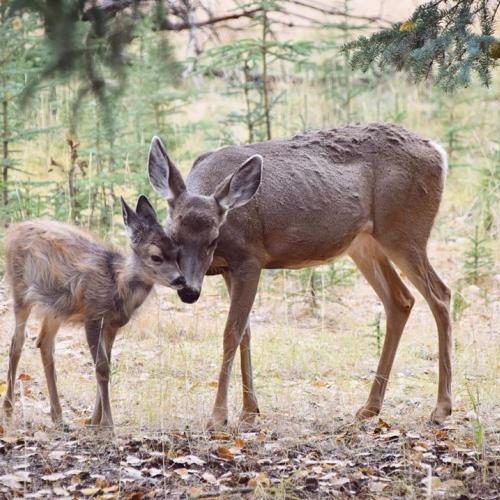
Visiting in the spring increases your chances of seeing baby animals, as this is when many of the preserve’s mature residents give birth. This is also the time of year you’re most likely to see all animals at play. Spring fever hits hard in the Yukon!
